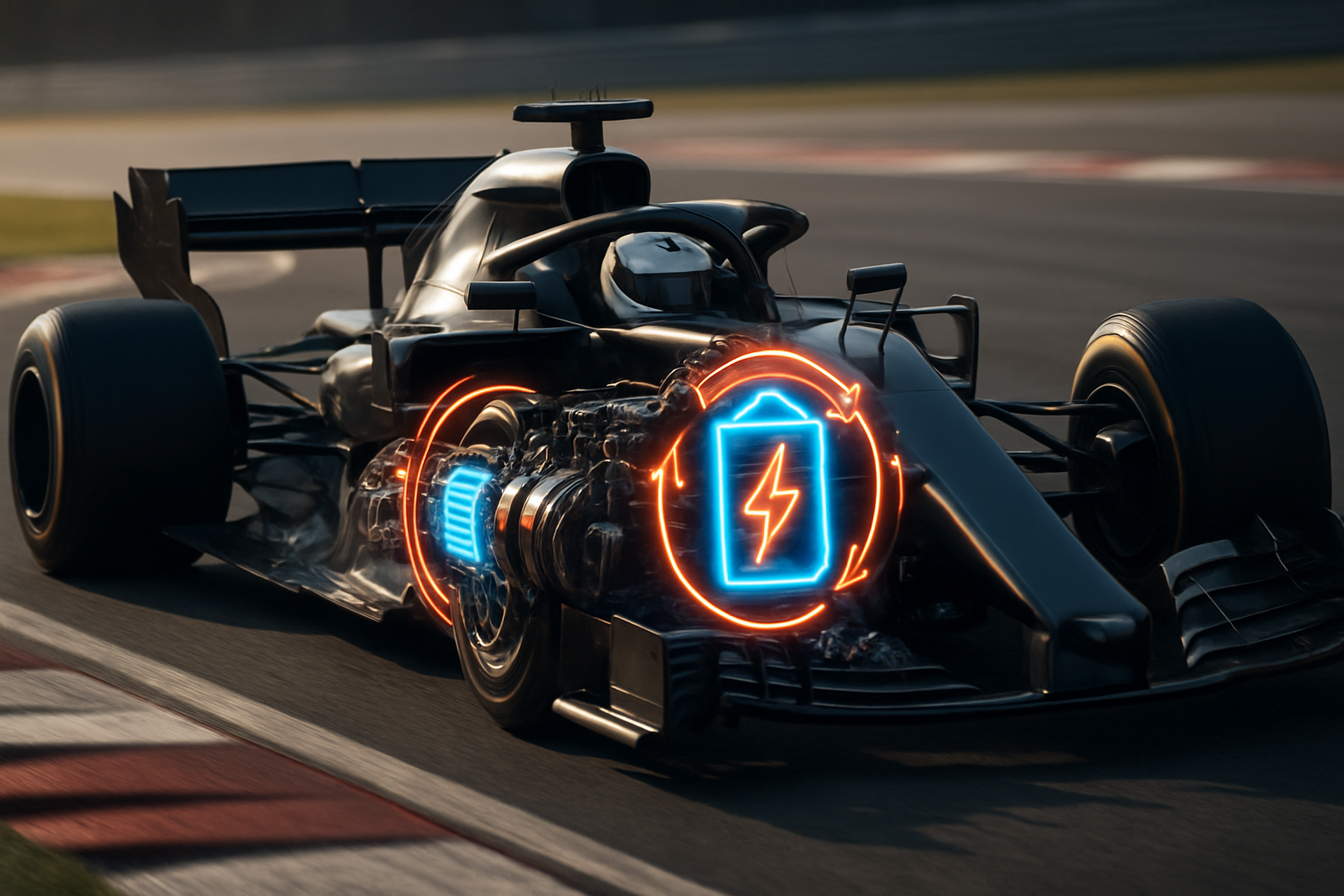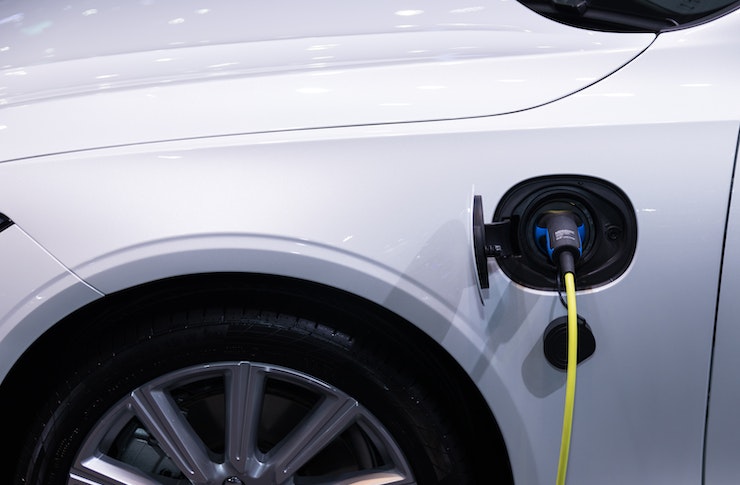Current Trends in Automotive LED Technology Across the US
Automotive LED technology has transformed vehicle lighting over the past decade, offering superior brightness, energy efficiency, and design flexibility. From headlights to interior ambient lighting, LEDs have become the standard in modern vehicles. As manufacturers continue to innovate, new trends are emerging that push the boundaries of safety, aesthetics, and functionality. Understanding these developments helps consumers make informed decisions when upgrading or purchasing vehicles, while also highlighting what the future holds for automotive illumination across the United States.

The automotive industry has witnessed remarkable advancements in lighting technology, with LED systems leading the charge. These solid-state lighting solutions have replaced traditional halogen and xenon bulbs in many applications, offering longer lifespans, reduced power consumption, and enhanced visibility. As vehicle manufacturers and aftermarket suppliers continue to refine LED technology, several key trends are shaping the landscape of automotive lighting in the United States.
What Are the Latest Innovations in Automotive LED Systems
Recent innovations in automotive LED technology focus on adaptive lighting systems that respond to driving conditions in real time. Matrix LED headlights, for example, can selectively dim individual LED elements to prevent glare for oncoming traffic while maintaining maximum illumination for the driver. This intelligent lighting approach enhances safety without compromising visibility. Additionally, laser-assisted LED headlights are gaining traction in premium vehicles, combining LED technology with laser diodes to achieve unprecedented beam range, sometimes exceeding 600 meters. These systems provide drivers with earlier detection of road hazards and improved reaction time during night driving.
Another significant development involves sequential turn signals and dynamic lighting patterns that improve vehicle visibility and communication with other road users. Manufacturers are also integrating LEDs into daytime running lights with distinctive signatures that enhance brand recognition while improving safety. The trend toward slimmer, more aerodynamic LED units allows designers greater freedom in creating distinctive vehicle aesthetics without sacrificing performance.
How Is Automotive LED Technology Evolving in the United States
The United States market has seen rapid adoption of LED technology across all vehicle segments, from economy cars to luxury models. Regulatory frameworks have evolved to accommodate advanced LED systems, with the National Highway Traffic Safety Administration updating standards to permit adaptive driving beam technology. This regulatory shift enables manufacturers to introduce sophisticated lighting systems previously unavailable in the US market.
Smart lighting integration represents another evolutionary step, with LEDs connected to vehicle sensor networks and driver assistance systems. These lights can adjust automatically based on steering angle, vehicle speed, weather conditions, and GPS data. For instance, cornering lights activate additional LED elements when the vehicle turns, illuminating the path ahead more effectively. Integration with navigation systems allows headlights to pre-adjust for upcoming curves or intersections, enhancing safety and driver confidence.
The aftermarket sector has also expanded significantly, offering consumers numerous LED upgrade options for older vehicles. High-quality LED conversion kits now provide plug-and-play installation for headlights, fog lights, and interior lighting, making advanced lighting technology accessible to a broader audience. However, consumers should ensure aftermarket products comply with federal motor vehicle safety standards to avoid legal issues and maintain optimal performance.
What Role Does Energy Efficiency Play in Current LED Trends
Energy efficiency remains a primary driver behind LED adoption in automotive applications. LEDs consume approximately 75 percent less energy than traditional halogen bulbs while producing equivalent or superior light output. This efficiency translates directly to reduced strain on vehicle electrical systems and improved fuel economy, particularly important as manufacturers work to meet stringent emissions standards.
The rise of electric vehicles has further accelerated LED adoption, as every watt saved in lighting extends driving range. LED technology allows electric vehicle manufacturers to allocate more battery capacity to propulsion rather than auxiliary systems. Some electric vehicles now feature entirely LED-based lighting systems, from headlights to license plate illumination, maximizing efficiency throughout the vehicle.
Manufacturers are also exploring organic LED technology for automotive applications, which promises even greater efficiency and design flexibility. OLED panels can be shaped into curved surfaces and provide uniform illumination without the point-source appearance of traditional LEDs. While currently limited to tail lights and interior applications in production vehicles, OLED technology represents a potential future direction for automotive lighting.
How Are Customization and Personalization Shaping LED Trends
Personalization has become a significant trend in automotive LED applications, with manufacturers offering customizable interior ambient lighting systems. These systems allow drivers to select from millions of color combinations, adjusting the cabin atmosphere to match preferences or moods. Premium vehicles now feature multi-zone ambient lighting that can be programmed independently, creating sophisticated lighting scenes throughout the interior.
Exterior lighting personalization is also emerging, though subject to regulatory constraints. Some vehicles offer selectable daytime running light patterns or animated welcome sequences that activate when the driver approaches. Aftermarket enthusiasts have embraced LED technology for underbody lighting, wheel well illumination, and custom accent lighting, though local regulations vary regarding permissible colors and applications on public roads.
The trend toward connected vehicles enables over-the-air updates to lighting software, allowing manufacturers to refine lighting behavior or add new features after purchase. This capability extends the functional lifespan of LED systems and provides ongoing value to consumers without requiring hardware modifications.
What Safety Enhancements Are Current Automotive LED Systems Providing
Safety improvements represent perhaps the most important aspect of current automotive LED trends. High-resolution LED headlight systems can project symbols or warning messages onto the road surface, alerting drivers to detected hazards or providing navigation guidance. This augmented reality approach keeps driver attention focused on the road rather than dashboard displays.
Improved color rendering from LED systems enhances driver ability to distinguish objects, road markings, and potential hazards compared to older lighting technologies. LEDs produce light closer to daylight spectrum characteristics, reducing eye strain during extended night driving and improving overall visibility. The instant-on characteristic of LEDs also provides faster warning to following traffic when brake lights activate, potentially reducing rear-end collision risk.
Adaptive LED systems work in conjunction with advanced driver assistance features, adjusting beam patterns to complement lane-keeping systems, adaptive cruise control, and collision avoidance technology. This integration creates a comprehensive safety ecosystem where lighting actively contributes to accident prevention rather than simply illuminating the road.
What Does the Future Hold for Automotive LED Technology
Looking ahead, automotive LED technology will likely become even more integrated with vehicle intelligence and autonomous driving systems. As vehicles gain greater autonomy, lighting will transition from primarily serving driver needs to communicating vehicle intentions to pedestrians and other road users. Concepts include LED arrays that display the vehicle’s planned path or indicate when it is safe to cross in front of an autonomous vehicle.
MicroLED technology, offering even smaller individual elements than current LEDs, may enable ultra-high-resolution lighting systems capable of projecting complex patterns and information. Combined with artificial intelligence, these systems could adapt lighting in ways currently impossible, learning driver preferences and optimizing performance for specific conditions.
Sustainability will also influence future LED development, with manufacturers focusing on recyclable materials, reduced manufacturing energy consumption, and longer product lifespans. As LED technology matures, the industry will likely shift focus from basic performance improvements to refining integration, reliability, and environmental impact throughout the product lifecycle.
Automotive LED technology continues to advance rapidly, driven by safety requirements, energy efficiency demands, and consumer preferences for customization and advanced features. The trends emerging across the United States reflect broader global movements toward smarter, more efficient vehicle systems that enhance both the driving experience and road safety. As regulatory frameworks adapt and technology costs decrease, LED innovations will become accessible across all vehicle segments, fundamentally changing how we think about automotive lighting.




